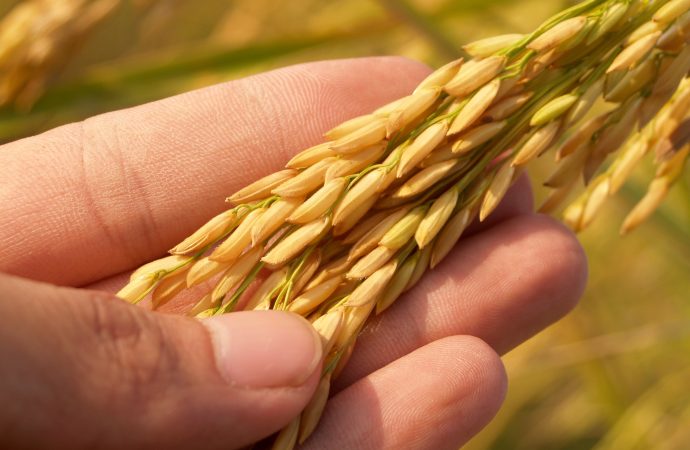The global food supply is facing a silent threat that is not getting enough attention: the decline in crop diversity. Falling crop prices are often seen as the main problem, but the root cause of this issue lies in the lack of crop diversity. A narrow range of crops being grown on a large scale
The global food supply is facing a silent threat that is not getting enough attention: the decline in crop diversity. Falling crop prices are often seen as the main problem, but the root cause of this issue lies in the lack of crop diversity. A narrow range of crops being grown on a large scale makes the food supply vulnerable to diseases, pests, and climate change. The consequences of this problem are dire, as the world’s population is projected to reach 9.7 billion by 2050.
The need for crop diversity has never been more urgent. According to the United Nations Food and Agriculture Organization, the world has lost 75% of crop diversity since the 1900s. This is due to the widespread adoption of monoculture farming, where large areas of land are used to grow a single crop. This practice reduces biodiversity, making crops more vulnerable to pests, diseases, and other threats.
Crop diversity is important not only for food security but also for preserving the environment. Monoculture farming relies heavily on chemical fertilizers and pesticides, which have a detrimental impact on the environment. By contrast, diversified farming practices like agroforestry and crop rotation promote soil health and increase biodiversity.
There are a few reasons why crop diversity has declined. One is that large corporations have taken control of the seed market, making it more difficult for small farmers to access a variety of seeds. Another reason is that monoculture farming has been encouraged by government policies that prioritize high-yield crops over diversity.
The solution to this problem lies in promoting and supporting diversified farming practices. Governments can incentivize farmers to diversify their crops through subsidies and tax breaks. Consumers can also play a role by supporting local farmers and buying a variety of crops, rather than relying on a few staple foods.
In addition, there are efforts underway to preserve crop diversity. The Svalbard Global Seed Vault, located in Norway, is a backup for the world’s crop diversity. It stores seeds from around the world, preserving them in case of a global catastrophe.
Falling crop prices are not the solution to the food supply risk. To ensure a sustainable and secure food supply, we need to prioritize crop diversity. This means supporting diversified farming practices, preserving crop diversity, and encouraging consumers to broaden their diets. It is only through these efforts that we can ensure a healthy and sustainable future for our food supply.

















Leave a Comment
Your email address will not be published. Required fields are marked with *